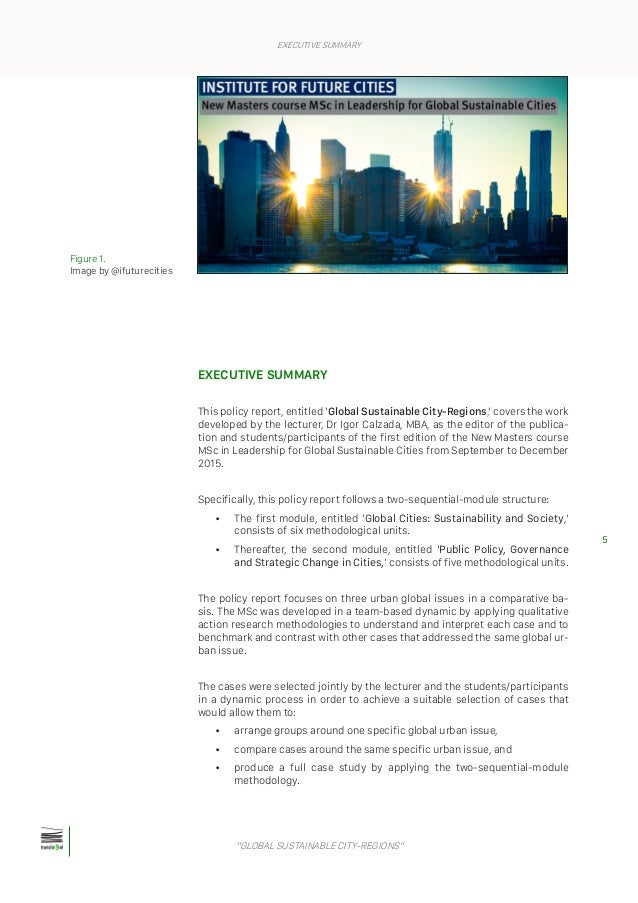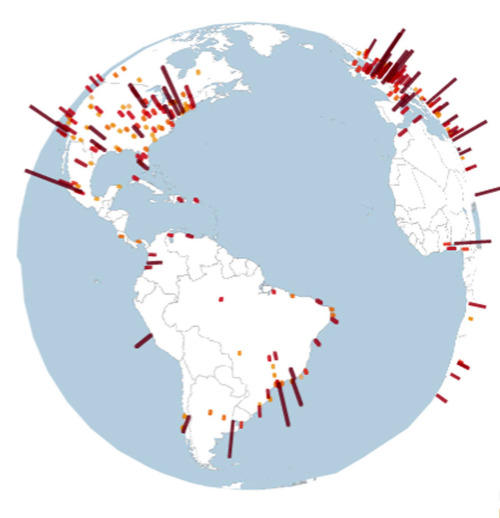

As such they are conceptual constructs, usually lacking distinct boundaries. There are also significant regions that do not belong to either classification, such as archipelago regions that are littoral regions, or earthquake regions that are defined in geology.Ĭontinental regions are usually based on broad experiences in human history and attempt to reduce very large areas to more manageable regionalization for the purpose of the study. They are divided into the largest of land regions, known as continents and the largest of water regions known as oceans. However, they have been generally recognized as such much earlier by terrestrial cartography because of their impact on human geography. Global regions distinguishable from space, and are therefore clearly distinguished by the two basic terrestrial environments, land and water. Globalization Map of the world as of 2021 Where human geography is concerned, the regions and subregions are described by the discipline of ethnography. In the fields of physical geography, ecology, biogeography, zoogeography, and environmental geography, regions tend to be based on natural features such as ecosystems or biotopes, biomes, drainage basins, natural regions, mountain ranges, soil types. Regions are an area or division, especially part of a country or the world having definable characteristics but not always fixed boundaries.

The field of geography that studies regions themselves is called regional geography. For example, ecoregion is a term used in environmental geography, cultural region in cultural geography, bioregion in biogeography, and so on. The land and water global regions are divided into subregions geographically bounded by large geological features that influence large-scale ecologies, such as plains and features.Īs a way of describing spatial areas, the concept of regions is important and widely used among the many branches of geography, each of which can describe areas in regional terms. More confined or well bounded portions are called locations or places.Īpart from the global continental regions, there are also hydrospheric and atmospheric regions that cover the oceans, and discrete climates above the land and water masses of the planet. Geographic regions and sub-regions are mostly described by their imprecisely defined, and sometimes transitory boundaries, except in human geography, where jurisdiction areas such as national borders are defined in law. In geography, regions, otherwise referred to as areas, zones, lands or territories, are portions of the Earth's surface that are broadly divided by physical characteristics ( physical geography), human impact characteristics ( human geography), and the interaction of humanity and the environment ( environmental geography). Two or three-dimensionally defined space, mainly in terrestrial and astrophysics sciences


 0 kommentar(er)
0 kommentar(er)
